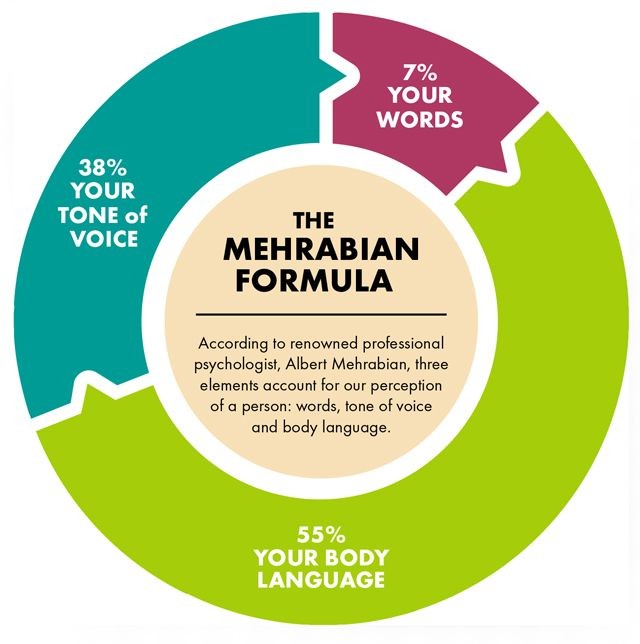The Power of Connection
Anna Bramlette | 10/05/2023
Almost every employer has a common goal—grow the company.
Once you start growing the company, getting more recognition and business, you need to hire more support to make your company thrive.
In the pursuit of growing your team, you turn to those job sites like LinkedIn, Indeed, or Zip Recruiter, leave the post up for a day or two, and then get flooded with resumes. There’s no way to go through them all, so the job sites have their own version of AI that can help you filter through those resumes and applications to find matching keywords and skills. This certainly helps narrow down the talent pool, but it doesn’t always lead you to top-tier talent.
More often than not, these technological shortcuts end up dismissing those with the most potential. Despite its logic, AI and even the hiring managers themselves frequently overlook the very candidates they aim to identify.
Organizations invest considerable effort in the search for these exceptional individuals. Casting a wide net, they scrutinize candidates, dismissing them for even the slightest flaw, subjecting potential hires to rigorous interviews and assessments. However, the narrowing lens of the resume often limits the ability to discover true superstars.
So, how can you identify the true superstar for your company?

The answer lies in conversation.
Talking to candidates—whether through phone calls, video interviews, or face-to-face meetings—provides a deeper understanding that goes beyond what a resume can convey. Transforming interviews into meaningful business conversations allows employers to evaluate not just how candidates work but also how they think and approach problems. To further enhance this process, candidates are immersed in real-time problem-solving scenarios, where their advice is sought, and their abilities are put to the test.
In the quest for exceptional talent, it’s crucial to recognize that the best candidate might not always be the one who stands out on paper.

According to the Mehrabian Formula, the words you say (or write) are only 7% of the communication. The other 93% are tone and body language. That being said, someone who may not have the best written communication on their resume or even their cover letter might just be your next rock star. All you have to do is pick up the phone.
Resumes serve as the initial step in the evaluation process, but the real assessments begin when a genuine conversation occurs with a potentially qualified candidate. For recruiters, the emphasis is not solely on resumes but on engaging in dialogue with candidates to unveil their true potential.
Drawing from a network of trusted industry contacts, recruiters often discover passive candidates who might not have showcased their superstar potential on a resume. This approach mirrors the journey of an undrafted free agent in sports—an individual whose true potential becomes evident only through close evaluation and interaction.
In conclusion, the path to building a superstar team transcends the limitations of resume-based screening. Embracing conversations as a core part of the evaluation process allows employers to identify true superstars—individuals whose potential goes beyond what can be captured on paper. By investing time and effort in understanding candidates at a deeper level, organizations can unlock the full spectrum of talent and assemble a team that truly stands out in their field.
Want to hear more from Q Works?
Follow us on social media



